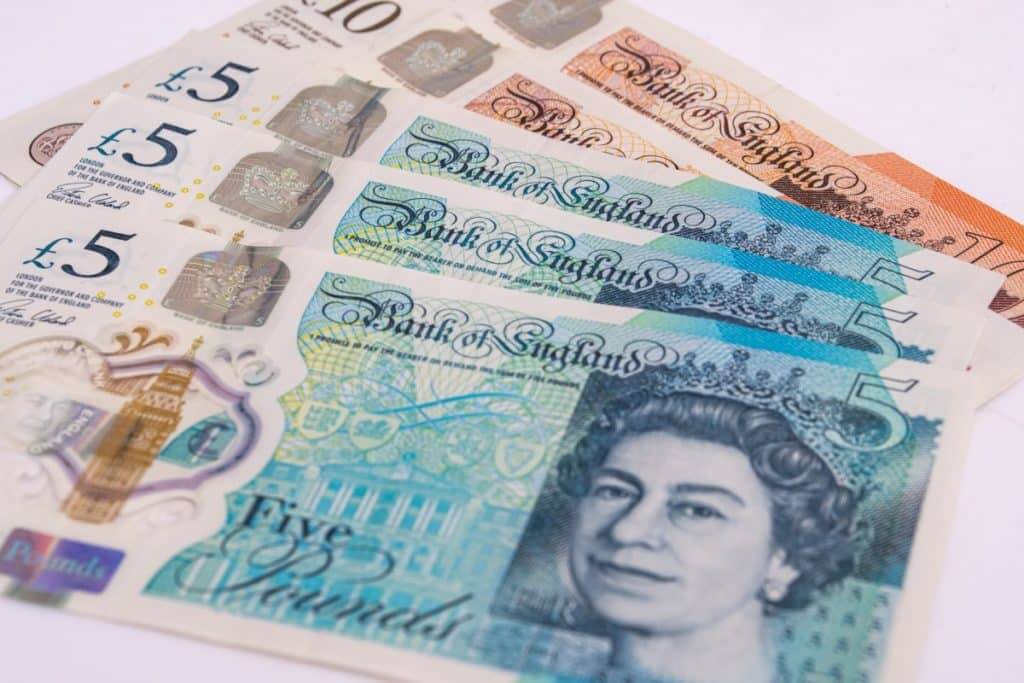Sterling skyrocketed on Monday. What about the Dollar and Yen?
The British Pound soared on Monday, hitting $1.128. The British government decided to reverse a plan to decrease the highest rate of income tax, causing the sterling to rally. The currency skyrocketed to its highest level since September 22. British finance minister Kwasi Kwarteng’s introduction of a so-called “growth plan” recently sent the Pound into the deep red. Kwarteng proposed to cut taxes and regulations and fund the new project with vast government borrowing. However, after its rebound, the sterling gained 0.2%. It traded at $1.1188 at last.
Jane Foley, the head of FX strategy at Rabobank, noted that the British Pound has recovered after the news, but a lot of questions remain. The 45 pence tax rate was just a small part of the unfunded tax cuts that the government announced. Markets have to wait and see if that concession will be enough. The British currency and other assets may still continue plummeting. To avoid such an end, the British authorities have to get back credibility, and that would require lots of work.
On Monday, the Japanese Yen tumbled down, almost hitting the level it traded on until the Japanese government intervened last month. The Yen exchanged hands at 145.40 per U.S. dollar in Asia trade. It dropped past 145 point for the first time since September 22. Overall, the greenback has gained 0.24% against the Japanese currency.
Christopher Wong, a currency strategist at OCBC, noted that traders get excited each time the USD/JPY pair hits 145. However, sometimes it’s the magnitude of the move that really matters. He also added that the market participants should remain watchful. Wong won’t rule out stealthy yen intervention for the central bank if the currency decreases to a dangerous level again.
How is the Euro faring today?
The common currency plummeted by 0.2% to $0.97785 on Monday. According to new data, in Europe, manufacturing activity dropped further last month. Moreover, OPEC+, which unites the oil producers, is contemplating output cuts of more than 1 million barrels per day. That news also weighed on the Euro. Investors are already wary due to the Eurozone’s precarious oil situation. The region may face a big crisis in the coming winter.
However, while the Euro toppled, the riskier oil-linked currencies flourished on Monday. The Australian and New Zealand dollars surged forward, especially since traders expected their prospective central banks to hike rates this week. Consequently, the Aussie jumped by 0.6%, exchanging hands at $0.645. The kiwi also added 1% at $0.5655.
Furthermore, the Canadian dollar and the Norwegian crown both traded in the green today. They each soared by approximately 0.5% against the U.S. dollar.
What about the EM currencies?
Most EM Asian currencies struggled today. Market players are worried about surging inflation. Recession fears also continued to haunt the FX market. In addition, several markets closed for public holidays on Monday, including markets in China and South Korea. Thailand’s baht suffered the most during this session.
Asian currencies are more risk-sensitive and rising inflation, along with the potential crisis in leading global economies, greatly impacts them. Traders prefer to buy safe-haven currencies when the market is more volatile or reports indicate an economic downfall.
On Monday, the Thai baht tumbled down by 0.8%. Soaring oil prices weighed on the currency. Poon Panichpibool, a markets strategist at Krung Thai Bank, noted that OPEC+’s decision about output cuts could cause the baht’s decline today, adding that some traders prefer to buy commodities, such as crude oil. However, they need U.S. dollars for the exchange, and so they have to sell the baht and buy the greenbacks.
Meanwhile, the Malaysian ringgit shaved off 0.1%, suffering through its eighth straight session of losses. The currency plunged to its lowest level since 1998. However, the country’s central bank director declared that the ringgit’s downfall was not a reflection of the state of the country’s economy. Overall, the ringgit has declined by approximately 12% versus the U.S. currency thus far in 2022.
The Philippines peso and the Taiwan dollar also ended in the red, each dropping by about 0.4% on Monday. At the same time, the Indonesian rupiah plummeted by 0.5%. South-East Asia’s largest economy stated that its inflation surged forward to 5.95%. Even though it’s slightly less than analysts expected, the rupiah fell today.

